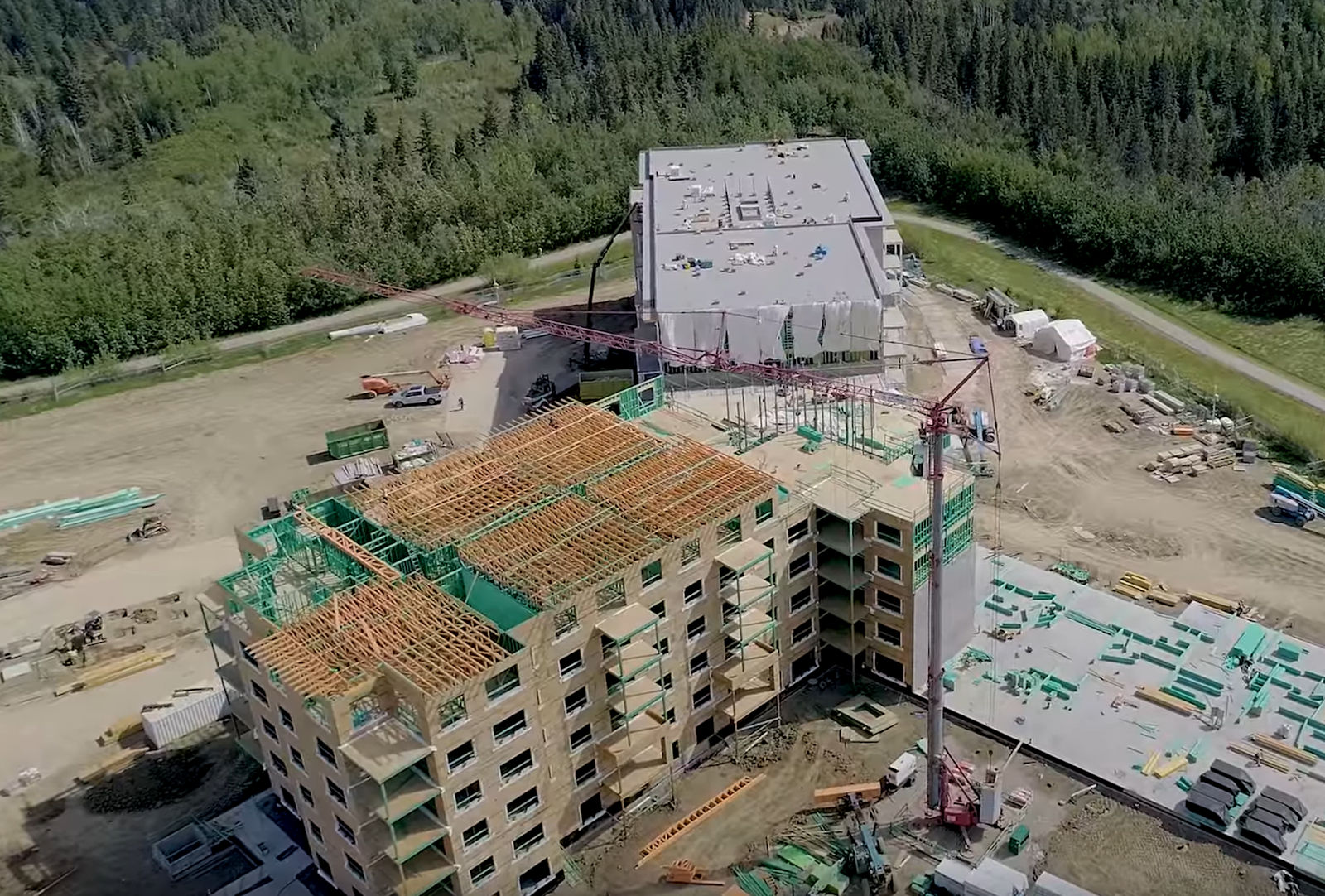A Primer on Pyrolysis
As we all know, wood burns. That’s because wood contains molecules made from bound atoms of carbon, hydrogen, and oxygen. Plus some smaller amounts of other elements. When wood gets hot enough, those bonds break, releasing those atoms, plus a lot of energy. This is a chemical reaction called pyrolysis.
The released atoms form a hot gas and quickly bond with oxygen in the air, which also releases more energy – which causes more pyrolysis. When there’s enough pyrolysis happening, it begins a chain reaction.
The result is what we call fire.
Interrupting the Combustion Cycle
For construction companies and developers, building with wood enables them to build high-density housing at low cost. But this also means they are more vulnerable to fires. This is where BarrierTek comes in. BarrierTek interrupts this combustion cycle by reducing the amount of heat and oxygen that can get to the wood. If the treated wood is heated to 200 degrees celsius, a chemical reaction occurs.
Within our BarrierTek products, two chemicals, an acid source and a carbon source react to create what is called a carbonaceous liquid. At the same time, a blowing agent begins to decompose into an inert gas to form a low density form, this creates a layer on top of the wood which becomes a barrier between the combustion cycle and its fuel.
By preventing oxygen from reaching the wood this slows down the pyrolysis reaction, reduces the heat generated, and stops the chain reaction of fire.
Unlike other products or fire suppression technologies, BarrierTek puts out a fire rather than just containing it.


